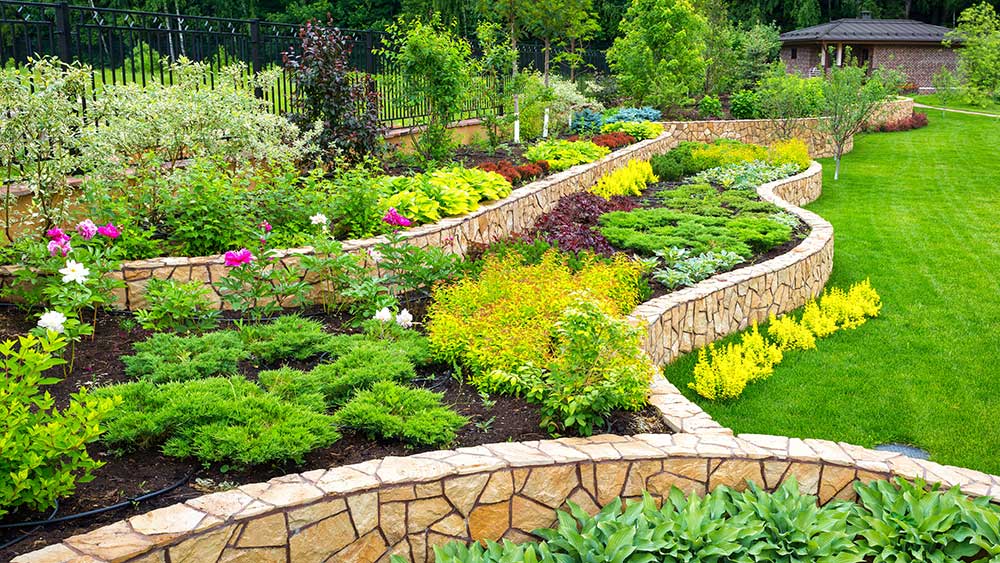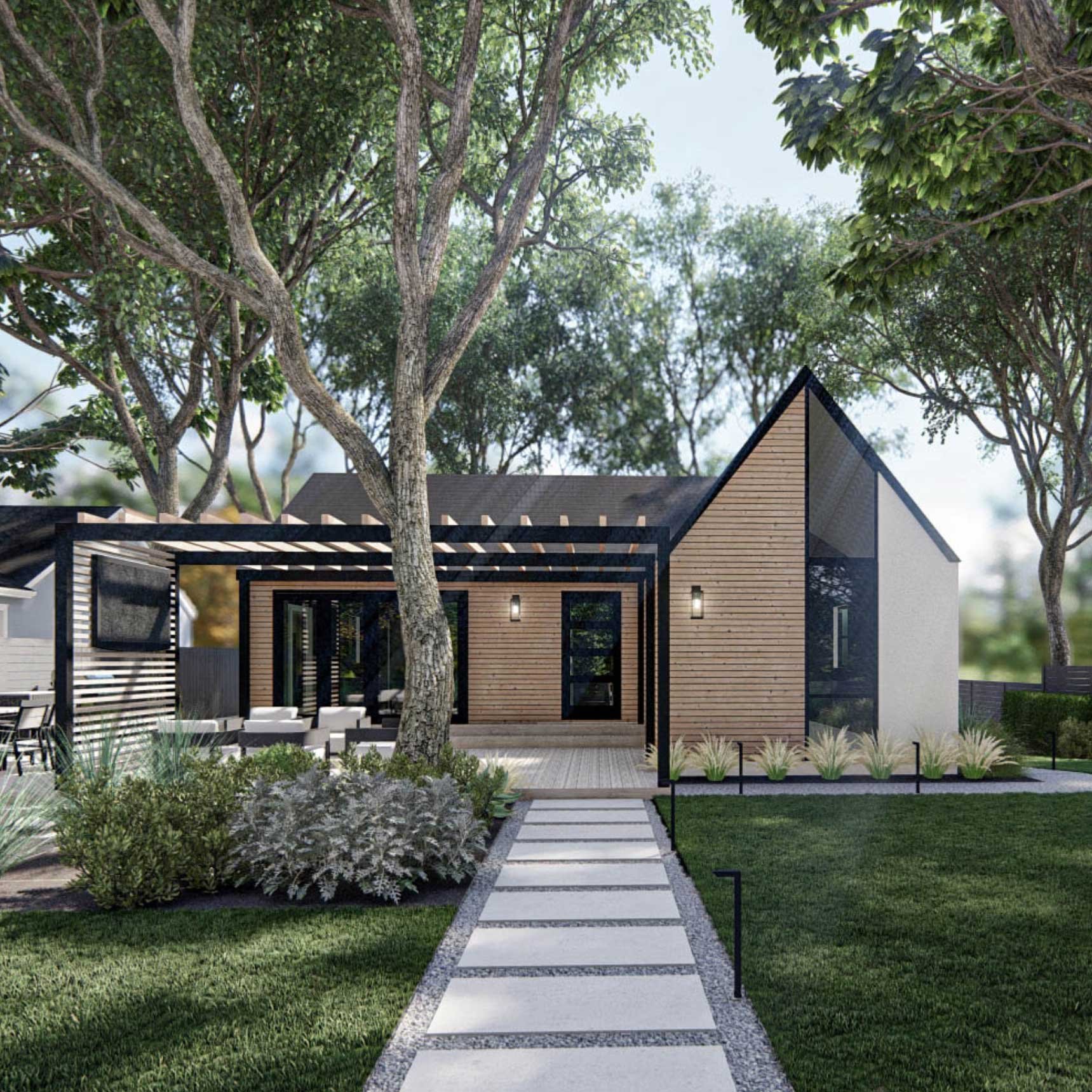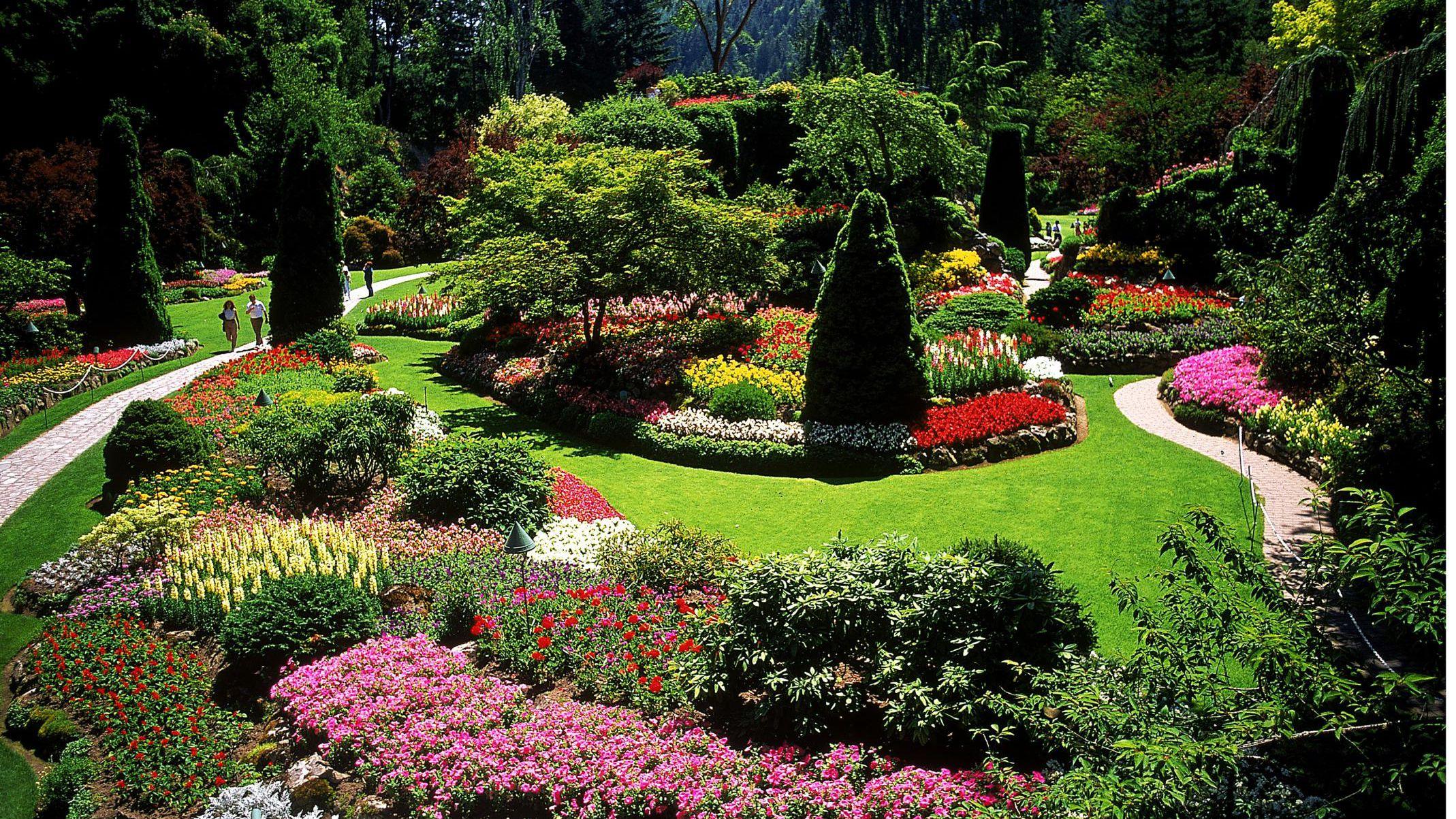Indicators on Landscapers You Need To Know
Indicators on Landscapers You Need To Know
Blog Article
The Facts About Landscapers Uncovered
Table of ContentsLandscapers Can Be Fun For EveryoneThe Ultimate Guide To LandscapersOur Landscapers DiariesRumored Buzz on LandscapersThe Ultimate Guide To Landscapers
- A tree or shrub (bush) that loses its leaves in winter season. In the PNW there are semi-deciduous or semi-evergreen plants that may shed their fallen leaves depending upon just how cold the wintertime is. Abelia and some hebe are fine examples. Landscapers. - A flat celebration area, made of timber or composite material (made to resemble wood), generally adjacent or connected to a framework.

- Granite that is weathered to the factor that it is a very great aggregate. This is an all-natural process, and the outcome can be utilized for paths and patios. Decomposed granite is often referred to as DG. It is particularly beneficial in modern-day landscapes. - Key landscape features being recommended in a landscape design plan.
How Landscapers can Save You Time, Stress, and Money.
These goals guide the design process, not the designer's design or choices. Usual layout goals in Rose city are low maintenance, dry spell tolerant, and pet pleasant. - Process for removing or thinning the dead reduced level of a mature lawn. Thatch is grass that has passed away and gathered listed below the eco-friendly blades.
Nonetheless, in time this layer can obtain very thick and make it challenging for water, sun, and nutrients to reach portions of the grass.- The procedure of gathering and regulating the circulation of water on a residential property. This can be finished with grading, French drains pipes, completely dry wells, absorptive surface areas, sump pump, rain gardens, and much more.
- A slow-moving feeding irrigation system that uses adaptable tubing and emitters to send out a specific quantity of water to each plant. - The ability of a plant to endure without much summer water.
- A yard feature where water is represented by an accumulated rock item, normally a crushed rock or granite. These are most frequently found in modern-day and Japanese yard design.- A rock or natural flagstone patio, course, or pathway developed without a concrete base. The base would be compacted gravel and the joints would certainly be an accumulation or walkable ground cover.
Some Known Incorrect Statements About Landscapers
- A stone maintaining or free standing wall surface developed without the use of mortar. - A below ground framework that accumulate water and enables it to slow percolate into the soil around it.
Landscape layout that is suitable with a websites' atmosphere in both appearance and sustainability without negative influences to the setting. Bordering in the landscape is a line of separation that produces aesthetic passion in the garden by separating one section from one more section.
Areas can additionally have a feeling of "room" supplied by trees, various other growings, fencings, or displays. The landscape near the entrance to a structure. A tree, bush or creeping plant, trained to grow on a wall or fencing into a particular pattern. Particularly valuable for fruit trees, making it easy to collect the fruit and containing mess.
A plant that is foreign to the area where it will certainly be planted. Not all "exotics" are intrusive or unsafe, and several can be well behaved or dry spell tolerant (Landscapers). A mass growing of ferns. Thicker bladed turf grass that spread out using rhizomes.: The level of soil on your home prior to bark dust or garden compost is spread.
Landscapers - An Overview

The purpose, reason, or action that an area is be landscaped for. Room for growing plants for watching, consuming, or physical task.
Low plants that are permitted or motivated to spread out over a location. Can refer to any "tough" yard components consisting of statuary or boulders but a lot of commonly is used to refer to paths, patio areas, and walls.: Height difference in between the level of water in a fish pond (or the degree of the pump if it sits outside the pond) and the upper outlet of water which influences efficiency of the water pump in gph (gallons per hour).

Landscapers Things To Know Before You Buy
Typical PNW landscapes are casual. A plant that spreads out even more than desired, or right into environments where it does damage.
Can consist of head placements and protection, pipe sizing, look here GPM specifications, and products needed to install this system. Accredited specialist that creates landscapes, schooled in design and architecture as well as in gardening.
The professional who intends and creates landscape tasks, usually at a household or small commercial degree with the major design impetus on plantings. Landscape designers typically have much less schooling than Landscape Architects and are not accredited. A finished landscape design, detailing all elements for the new landscape. This typically takes the type of a drawing theoretically.
A water tight HDPE product used underneath ponds, streams and waterfalls in water functions. Using lots of plantings of the exact same variety to fill up in an area in the landscape.
Report this page